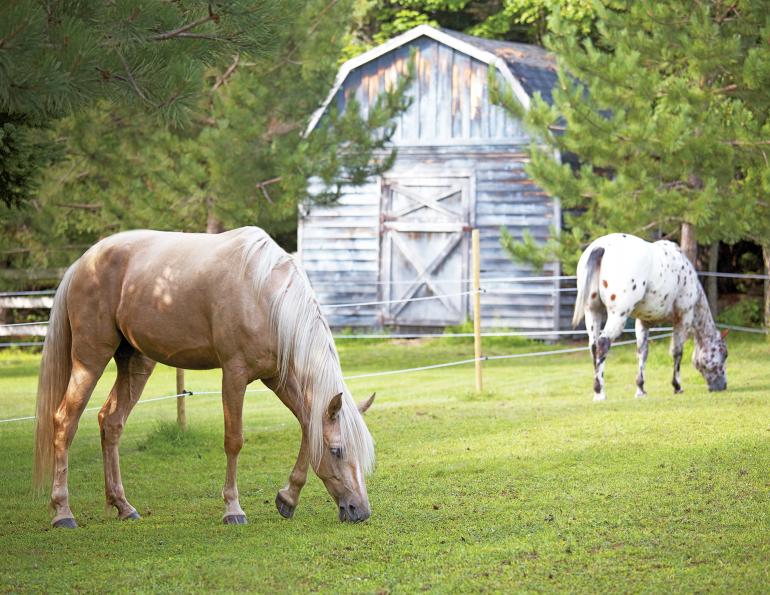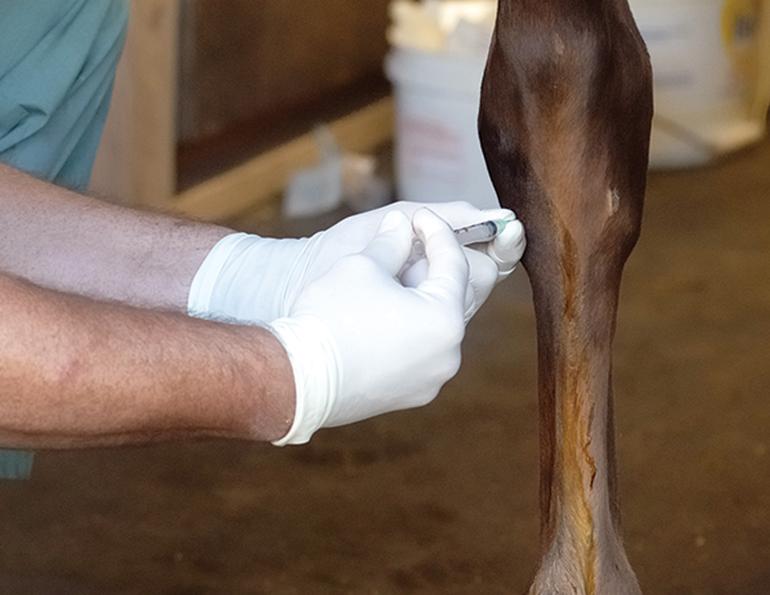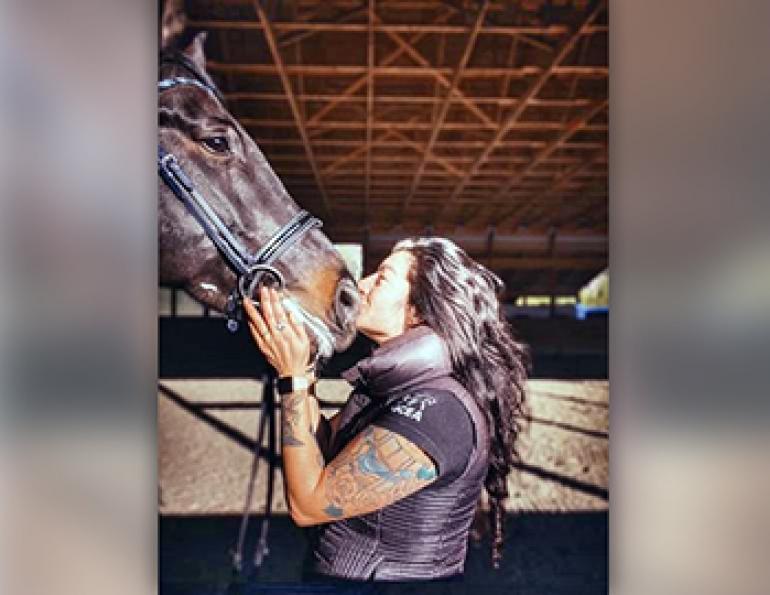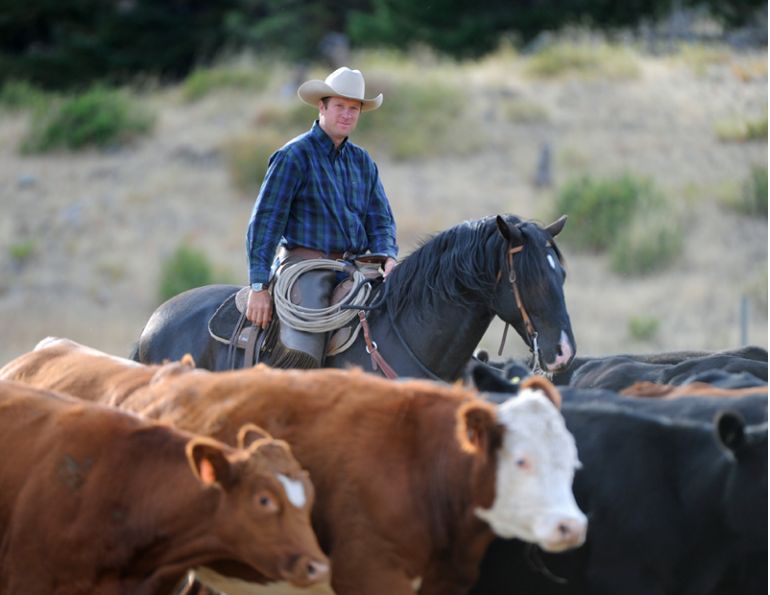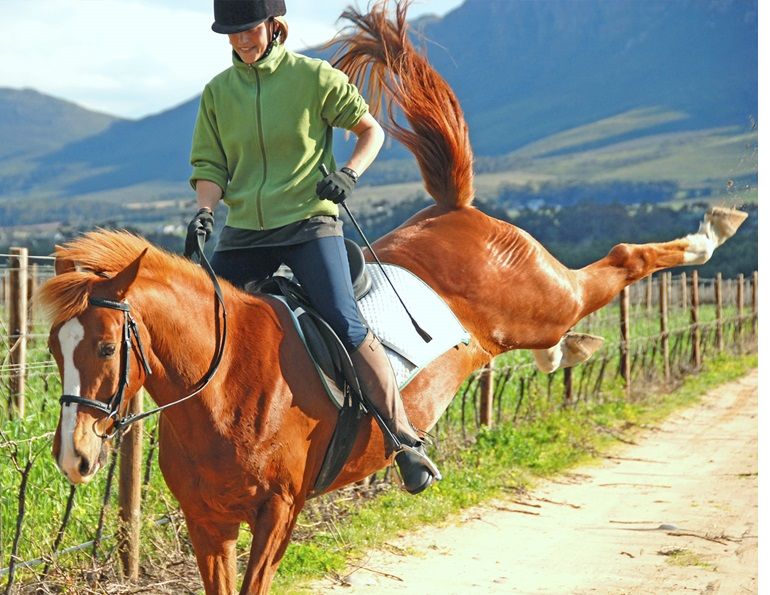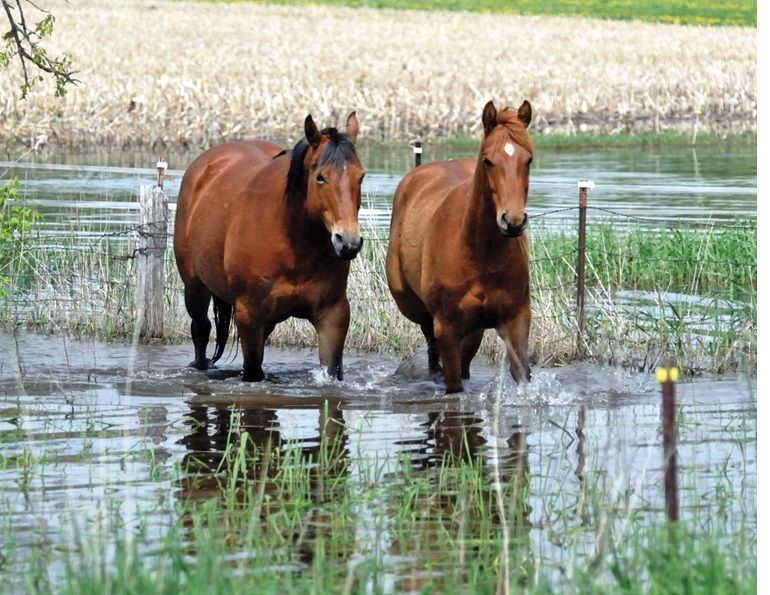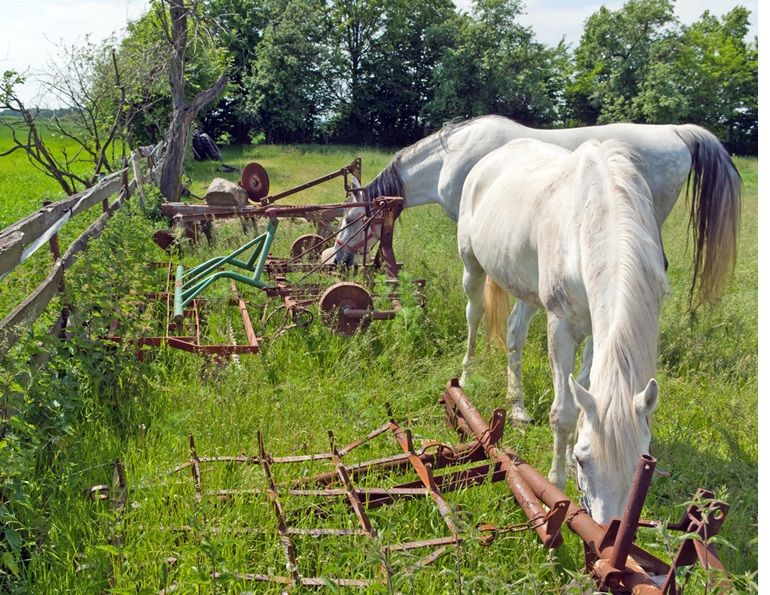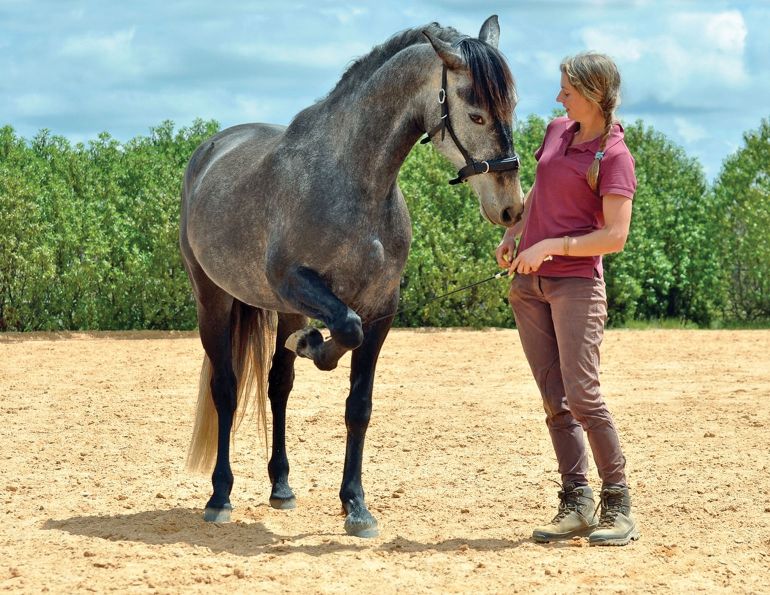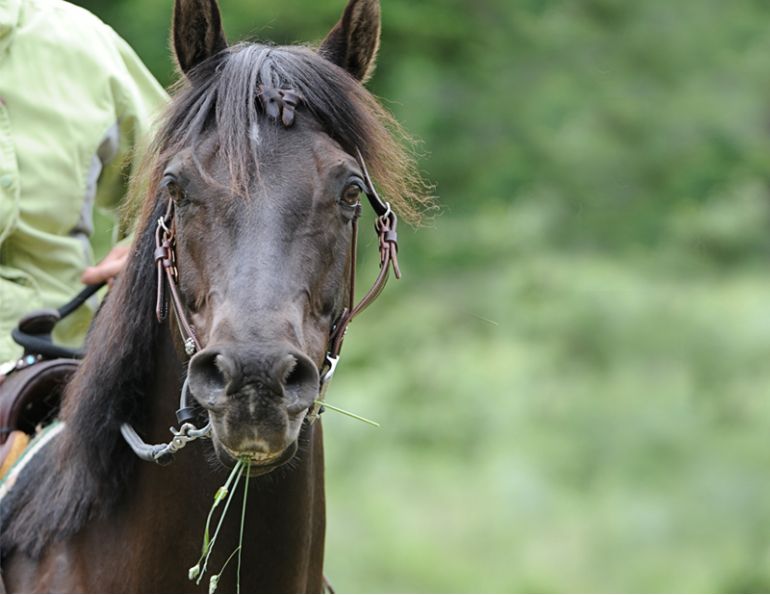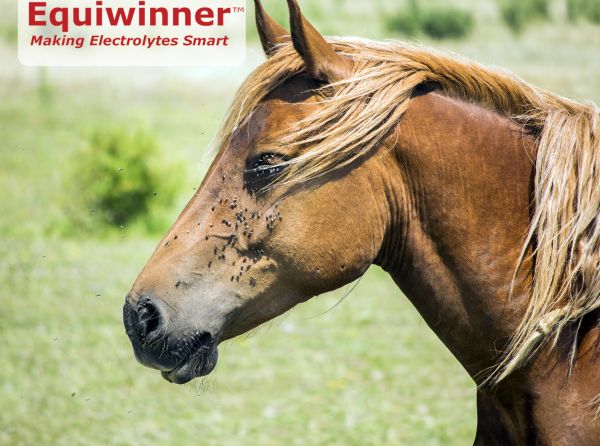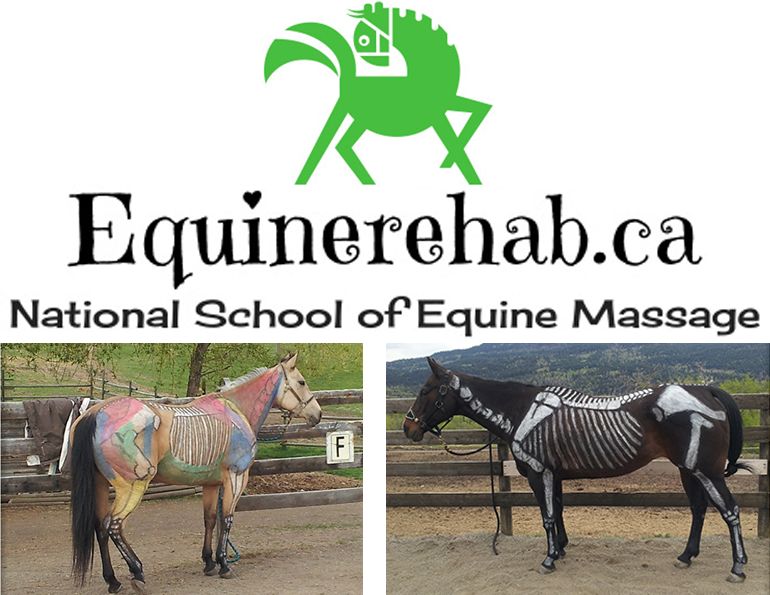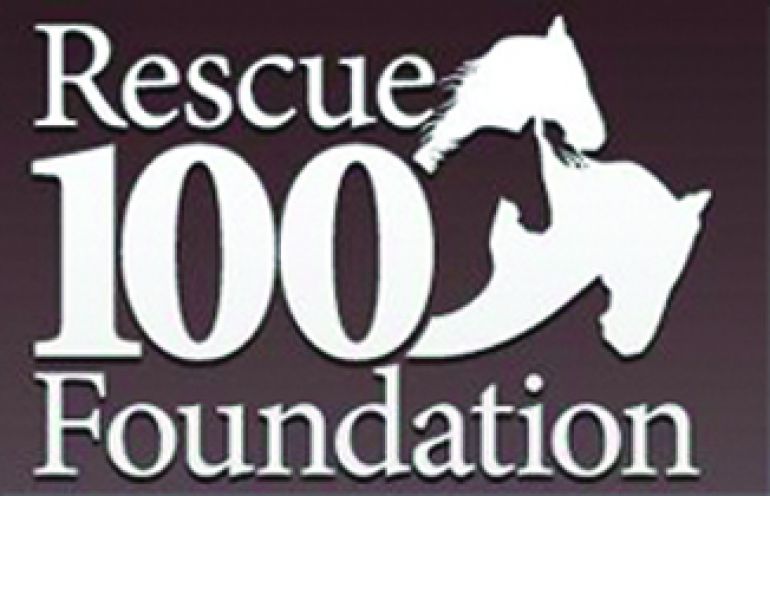Create a Paddock Paradise
By Alexa Linton, Equine Sports Therapist
About 15 years ago, I was boarding my mare, Diva, at a private barn in Victoria, BC. The paddocks were very small and flat, with electric fence covering all the boards to prevent chewing, and Diva was on the end of the paddock row beside a forest. It was close to home, which worked for me, but Diva was deeply stressed, making it almost impossible to safely work with her or ride her.
It’s a scenario I see all too often: a horse living alone in a space too small to move freely, on sterile, flat ground surrounded by electric fence to prevent chewing and contact with neighbours, often with the goal of preventing injury. Ironically, lack of free movement and varied terrain can often predispose a horse to injury.
At the time, a friend needed a house- and horse-sitter for her farm in the Cowichan Valley with turnout, grazing, and horse friends. I decided to see if this would help Diva. As you might guess, given that we still live in the Cowichan Valley all these years later, it did.

A track system can be enriched with obstacles such as poles, logs, toys, tires, or a solid pallet platform as shown. Photo: Alexa Linton
The change seemed like a miracle. One day, Diva was dangerously anxious and carrying obvious fear and tension, and the next she was hanging with her new herd, relaxed, content, and grounded. But now, as I look back with more knowledge, I understand more fully what created this transformation. The new property was located at the end of a no-thru road with no electric fence to speak of, and the herd had free range of about 12 acres with no separation between horses. There was a water crossing and a forested area to access a larger field, which meant different footing with mud and rocks, obstacles such as roots and logs, and varied terrain including hills and ditches.
I watched Diva’s system exhale palpably; it was as if she had become a different horse. And in many ways, she had. Knowing what I now know about the autonomic nervous system, proprioception, and the pivotal role environment plays in well-being, I realize that what I observed was Diva “finding” her body again with the support of a variety of terrain and types of forage; the ability to move freely; enrichment of herd company and 24/7 forage options; and a decrease in environmental stressors like electric fence and a scary forest too close for comfort. Along with the obvious changes of behaviour, I also witnessed changes to her physical structure, her hooves, her sense of contentment and relaxation, and her capacity to regulate in new or different situations. After discovering Kathy Sierra’s Pain Science and Performance course, I understood more precisely what was happening in her nervous system.

The varied forage and terrain of forest tracks are physically and mentally beneficial for horses. Photos courtesy of Alexa Linton
Later on, I first heard the terms “paddock paradise” and “track systems,” and over time I started seeing these types of setups more often in my travels and witnessing their substantial health benefits. Paddock Paradise: A Guide to Natural Horse Boarding was written by Jaime Jackson in 2007, highlighting his discoveries from living among wild horses, and sharing that knowledge with horse owners to help them implement safe and natural horsekeeping methods for domesticated horses.
Related: The Science of Schooling Horses
The goal of a paddock paradise is to support horses to move more naturally and according to their instincts; to live more safely as a herd; and to help them be physically and mentally healthier. A track system is created by adding an interior fence to make a “track,” usually around 3 to 4.5 metres (10 to 15 feet) wide with various feeding stations. This promotes more movement over varied footing and terrain. It preserves the grassy zones, prevents their destruction in wet climates, and allows rotation of field spaces as needed. You only need to google “track system” or “paddock paradise” to find proof that more and more horse owners are creating unique versions of these systems around the world, and horses are benefiting big time. Not surprisingly, horse folk in Europe seem to be leading the way, seeing the value of such horsekeeping for small spaces and damp climates. I hope more people here will follow suit.
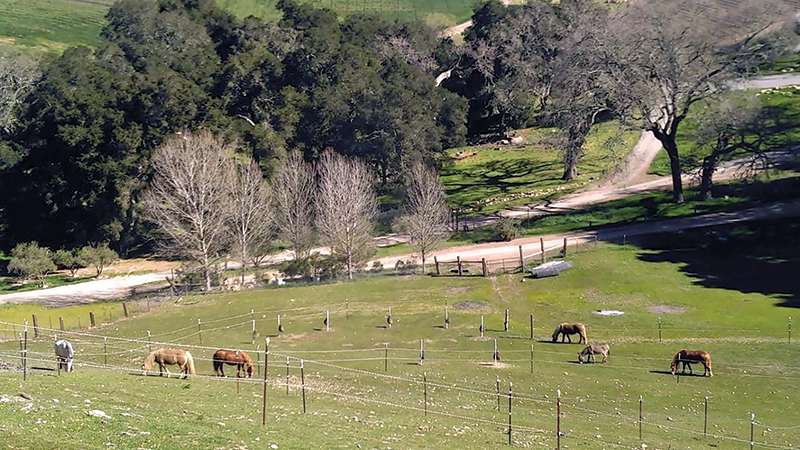
Photo: Alexa Linton
When it comes to track systems, I am very much in the learning process. Last fall I moved my two mares to a pasture of just over an acre, fairly square in shape with quite solid footing, and began my process of track creation in earnest. At our former property my horses ranged on between three and eleven acres depending on the time of year, so this is definitely a smaller space to work with. Shannon Beahen of Humminghorse Equestrian came out to give me advice on what to set up. We settled on incorporating as much varied terrain as possible in a 3 to 4.5 metre track made up of plastic posts and electric tape. We opened up a larger movement space near their main feeding area and two more larger zones in their favourite sleeping spots, with driveway chip as footing on their main travel areas. I added in poles, logs, tires, toys, a solid pallet as a platform obstacle for enrichment, and two additional feeding zones, one of which is at the opposite end of their field. I made sure there were no corners where either mare could become trapped. Flow is key. I decided to electrify the fence to prevent my other mare, Raven, from dismantling the inner fence to get to grass. It’s now about six months later and after a few adjustments, things are working great — with comments from my farrier about how good my horses’ feet look — and most importantly, happy, sound, and engaged horses. I would like to eventually add in a greater variety of footing like sand, hog fuel, or pea gravel to further increase proprioception and provide ideal nap spots.
Many of you might be thinking: I’m in a boarding barn, so how can I implement this strategy? Happily, I have seen a few boarding facilities start to add tracks to their properties as more people understand the value of this system and seek it out. If possible in a boarding situation, consider adding enrichment to your paddock zones with sand, poles, logs, toys, soft branches like new growth willow, or even a hay ball. If your horse needs more space, movement, or contact with friends consider having a conversation with the barn manager to discuss what might be possible at your barn — or moving to a facility that can meet your needs.
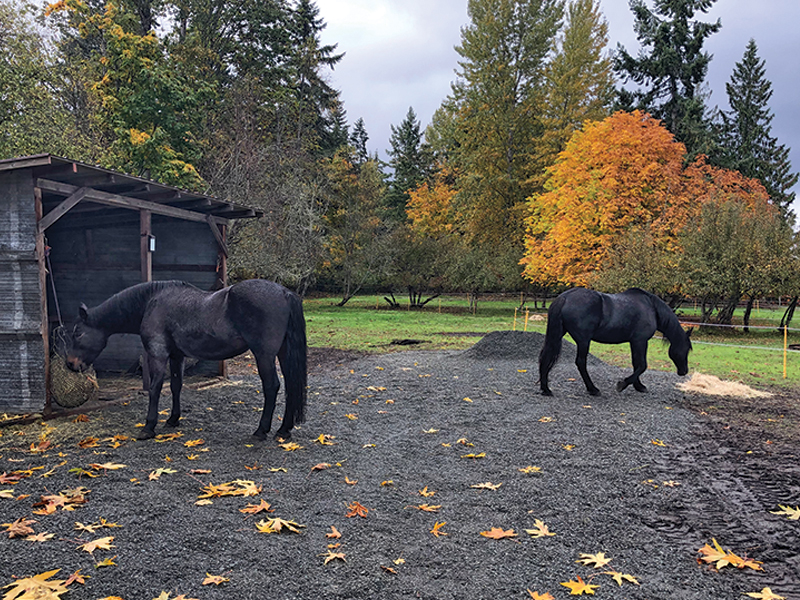
Multiple feeding stations keep horses moving to more closely resemble natural grazing. Photo: Alexa Linton
Create Your Paddock Paradise
For those with their own property and more control of their horse space, creating a track system requires a commitment but can start simple with some of the ideas shared below:
- Add an interior fence line to create a track, increasing flow by making sure there are no spots for horses to get stuck or trapped, and shaping fences without corners.
- Allow your horses to live together on the track if possible for at least part of the day. Listen to my Whole Horse Podcast with Josh Nichol on Healthy Herd Integration to learn more about bringing your horses together safely.
- Add varied footing like pea gravel or driveway chip to the wetter areas of your track, as well as sand or hog fuel to different zones.
- Add enrichment like multiple and varied feed stations (hay nets work great for this), logs or poles, platforms, obstacles like tires, and toys like a hay ball or a gym mat.
- Add a horsey herb garden to an area near your paddock where horses can choose their own medicines or increase your pasture space to include more wild plants and trees. Some of my horses’ favourites are willow, mullein, blackberry leaf, mint, dandelion, comfrey, burdock, and thistle. Forest tracks can be a great option as they are full of varied terrain and forage and are both physically and mentally nourishing for horses.

After witnessing how well horses do in this type of environment, I hope more horse people consider adding even a few aspects of a paddock paradise to reap the rewards of happier horses, fewer injuries due to increased proprioception and a more well-rounded neurological map, preserved and unstressed grassy zones, and more room to move all year round. After almost 20 years as an Equine Sport Therapist, I can say that there is no therapy better for a horse than a healthy, nourishing, and enriching environment.
Related: How to Make Rotational Grazing Work on Your Horse Farm
Related: How Horses and Humans Learn, Adapt, and Grow
Main Photo: Shutterstock/Chantal Ringuette



